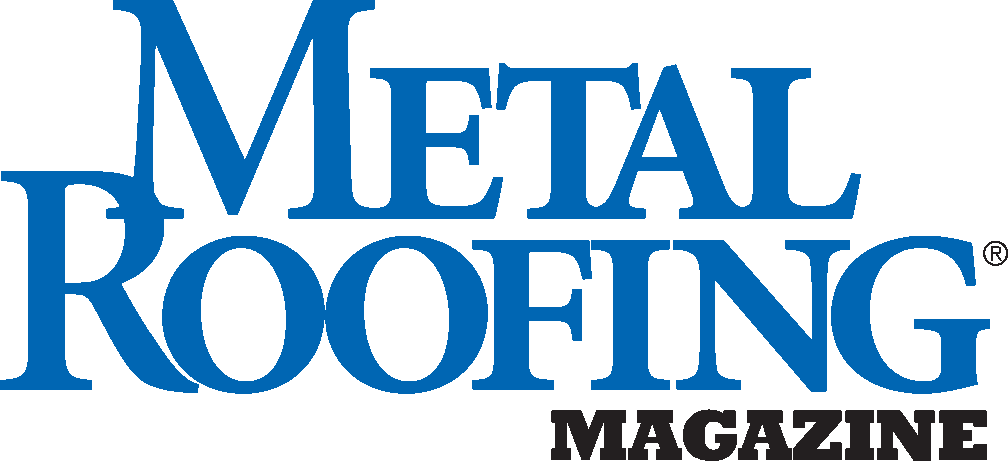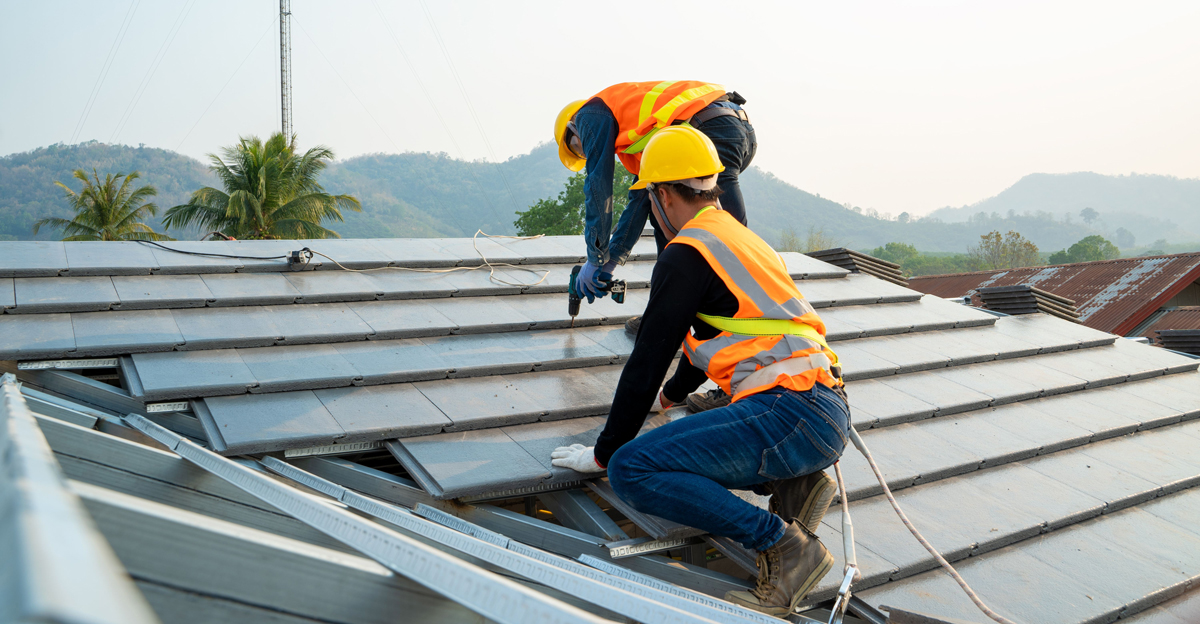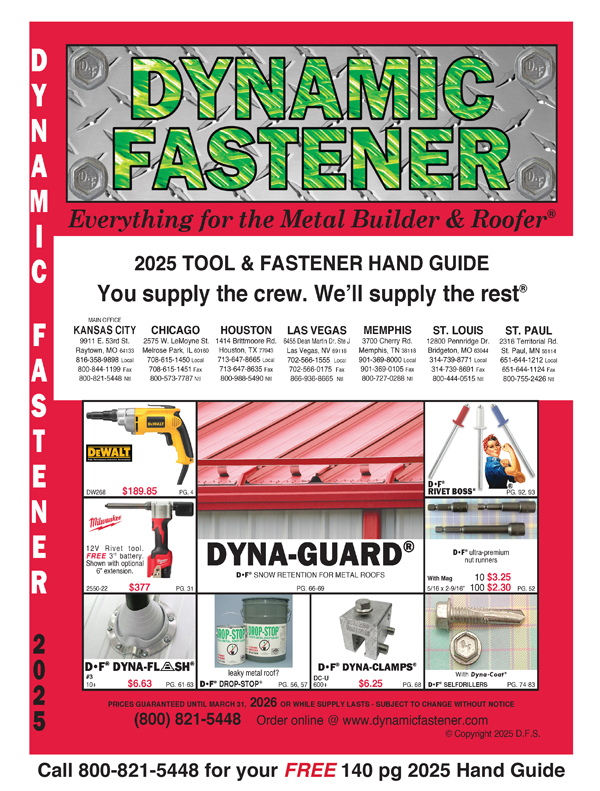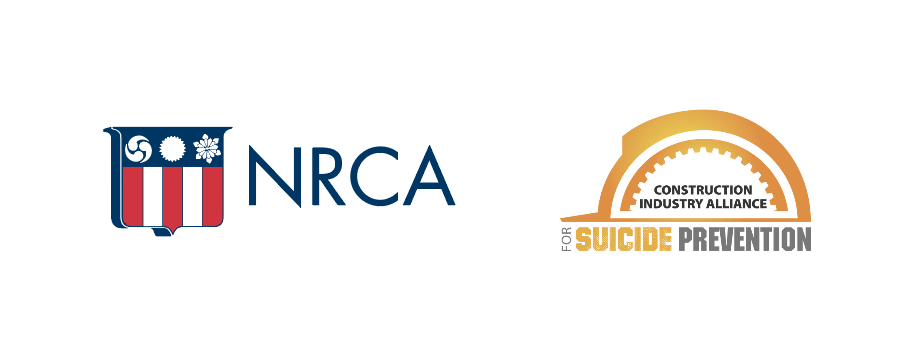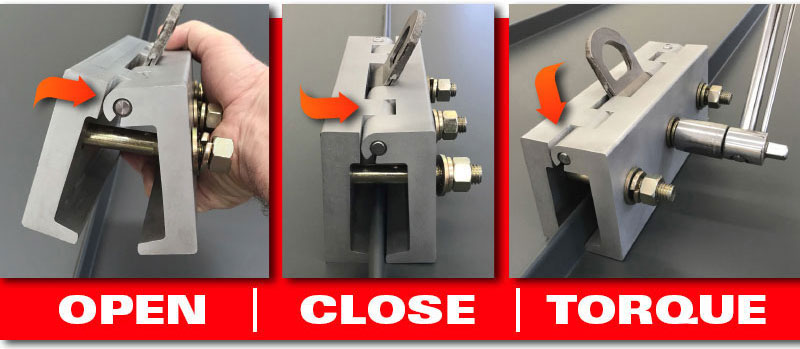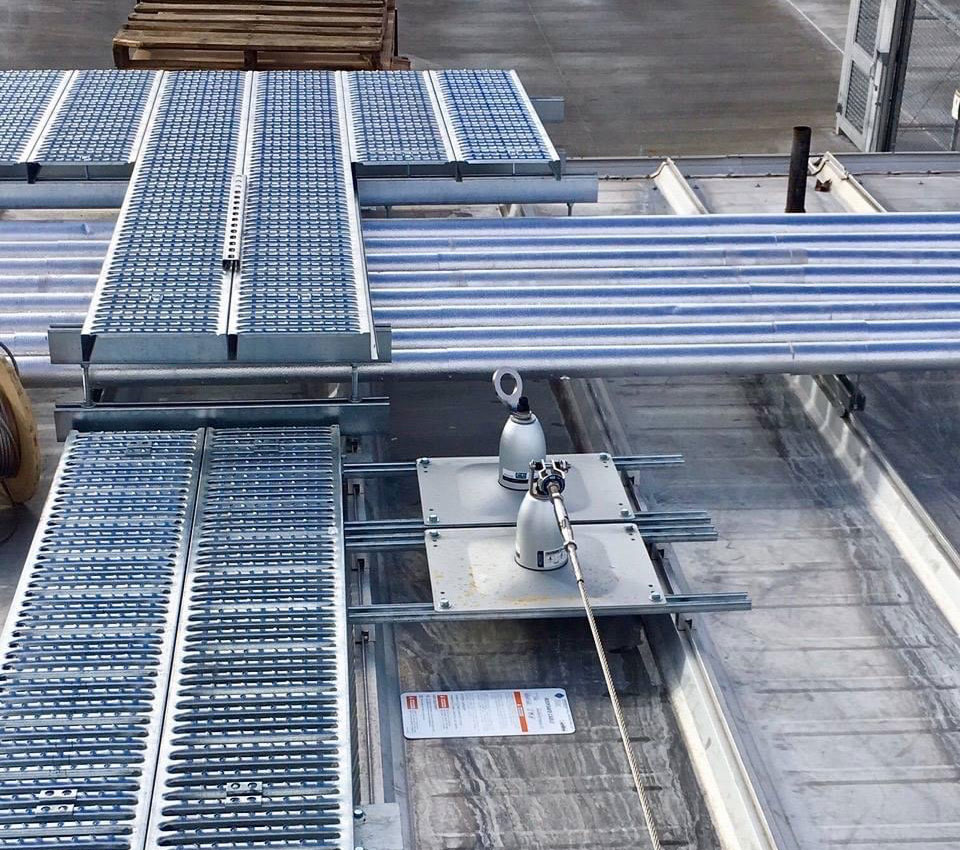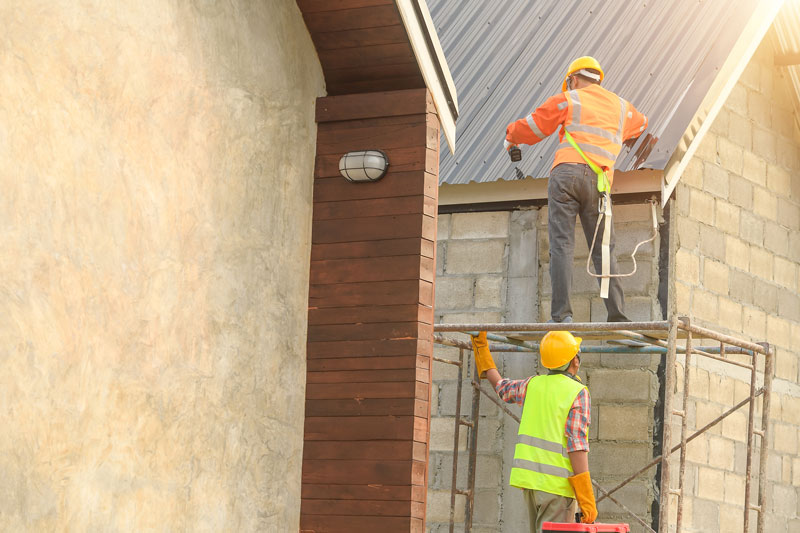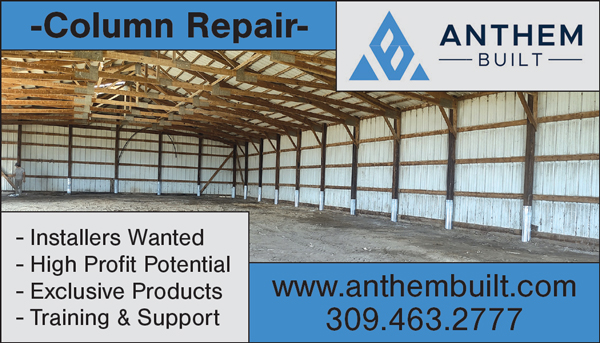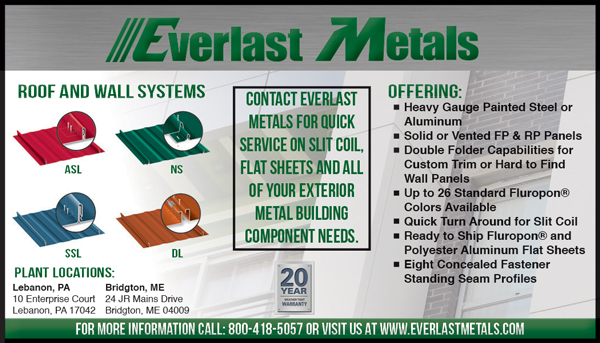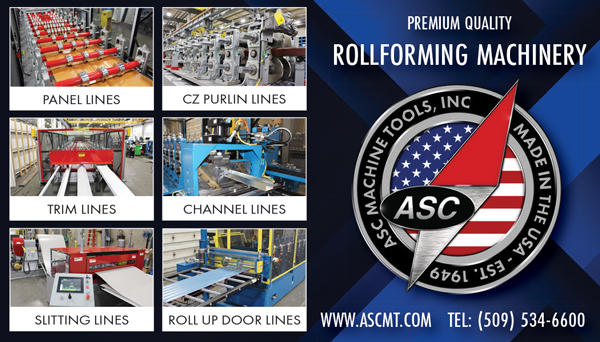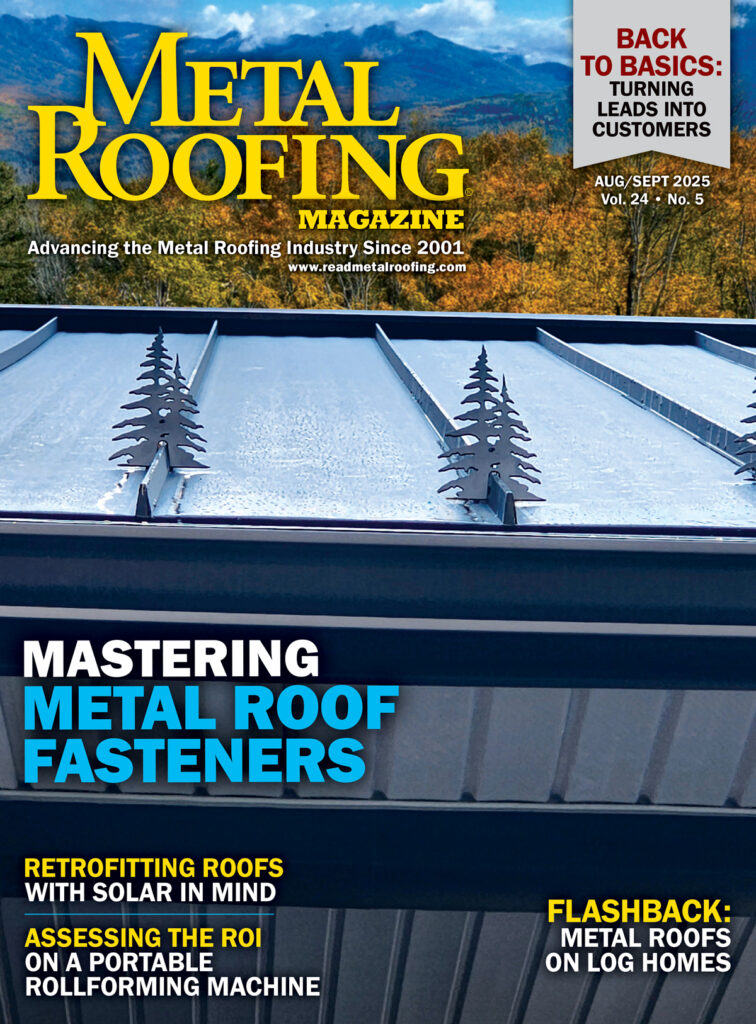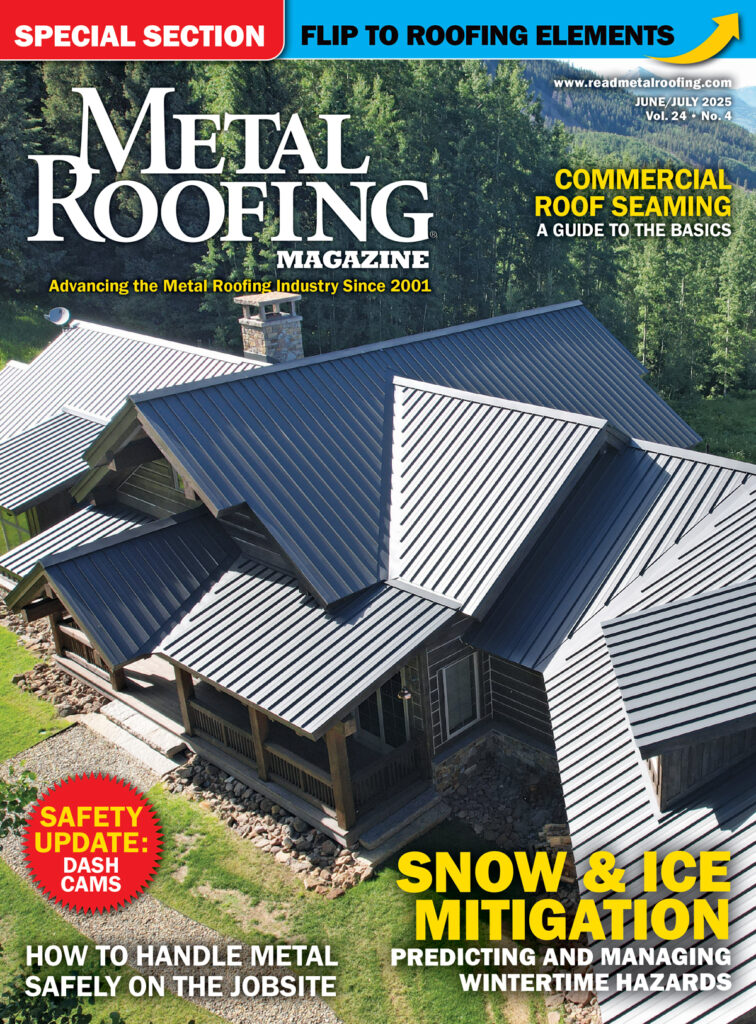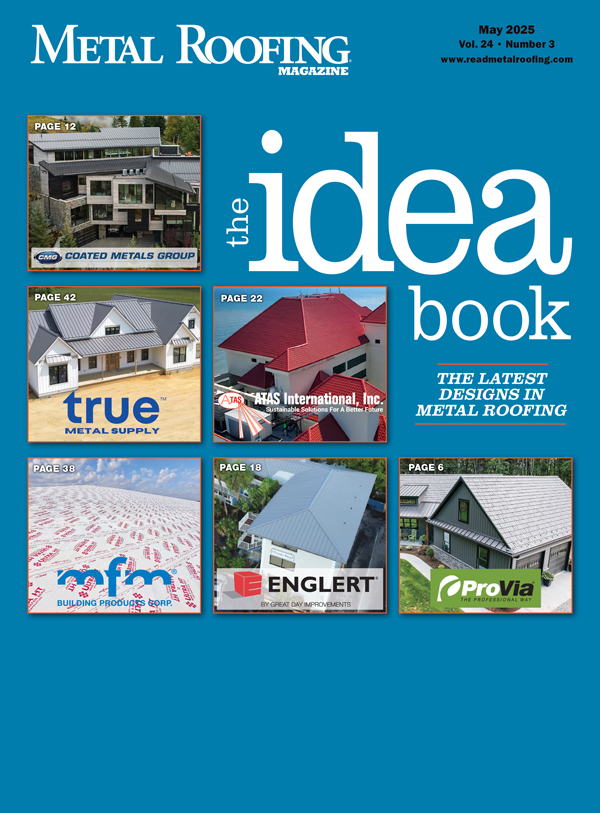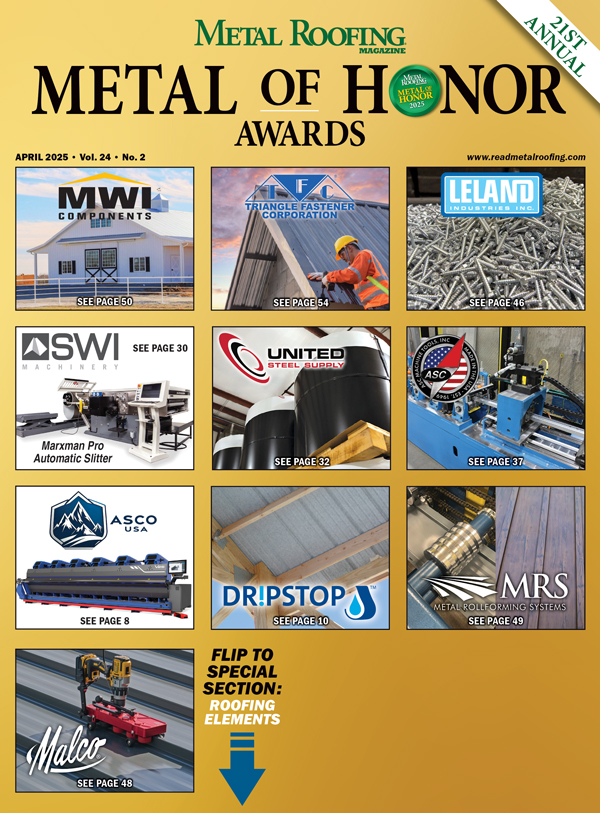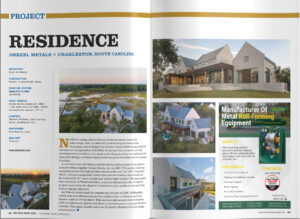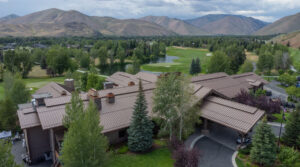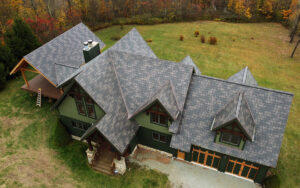The construction industry is one of the most hazardous sectors, with workers constantly exposed to various risks and hazards. PPE plays a vital role in ensuring the safety of construction workers, and its proper use can significantly reduce the risk of accidents and injuries. Unfortunately, not all workers in the construction industry wear PPE.
According to the Bureau of Labor Statistics, about 60% of workers in the construction industry use PPE during work, while the remaining 40% do not. This lack of PPE use can be dangerous, as it leaves workers vulnerable to injuries and fatalities. This guide aims to provide a comprehensive overview of the essential aspects of PPE in the metal roofing industry, focusing on best practices, common risks, and challenges in implementing effective PPE.
Common Risks and Hazards In the Metal Roofing Industry
The metal roofing industry is fraught with risks and hazards that can result in serious injuries or fatalities. Construction sites are inherently hazardous due to the nature of the work involved, heavy machinery, and hazardous materials. Metal roofing workers face specific risks unique to their line of work.
Falls and Heights: Steep roofs and uneven surfaces make falls a significant hazard. Workers may slip or trip on slippery surfaces, or lose their footing on uneven terrain. Falls from heights can result in severe injuries or fatalities if proper fall protection measures are not taken.
Electrical Hazards: Exposure to electrical wiring and equipment can cause serious injury or death. Electrical shock, burns, and fires are all potential hazards when working with electrical systems. Proper electrical safety measures are necessary to prevent these risks.
Heavy Machinery and Equipment: Operating heavy machinery like cranes and forklifts can lead to accidents. These machines can cause serious injury or death if not operated properly. Proper training and maintenance are essential to ensure safe operation.
Chemical Hazards: Exposure to chemicals and solvents used in roofing materials can cause health issues. These chemicals can be toxic, flammable, or corrosive, and proper handling and storage are crucial to prevent accidents.
Weather Conditions: Inclement weather like strong winds, heavy rain, and extreme temperatures can make the work environment hazardous. Workers must be prepared to work in these conditions and take necessary precautions to prevent accidents.
Other Hazards: Other hazards include unsecured construction materials or debris, which can cause tripping hazards or falls. Housekeeping is essential to prevent these risks. Additionally, workers must be aware of all trades on the job site and their actions that may create slip/trip hazards.
Best Practices for Selecting and Using PPE
Proper selection, use, and maintenance of PPE can significantly reduce the risk of workplace injuries and fatalities.
Conducting a Thorough Hazard Assessment
The first step in selecting appropriate PPE is to conduct a comprehensive hazard assessment of the metal roofing worksite. This involves identifying potential risks, such as falling objects, sharp edges, electrical hazards, and exposure to harmful substances. Understanding the specific hazards present will guide the selection of the most effective PPE.
Choosing the Right PPE
When selecting PPE, it’s essential to consider the specific tasks and environmental conditions. PPE should be OSHA-compliant, durable, and suitable for the job at hand. This may include hard hats, safety glasses, gloves, non-slip footwear, and respiratory protection, among other equipment.
Proper Fit and Maintenance
Ensuring a proper fit is crucial for the effectiveness of PPE. Workers should be trained on how to correctly wear and adjust their equipment. Additionally, a regular inspection and maintenance schedule is necessary to ensure PPE remains in good condition and continues to provide the necessary protection.
Training and Education
Comprehensive training on selecting, using, and caring PPE is essential for metal roofing workers. Employers should provide ongoing education on the importance of PPE, the specific hazards present, and the proper techniques for utilizing the equipment.
Fostering a Safety Culture
Promoting a strong safety culture within the metal roofing industry is key to the effective implementation of PPE best practices. Employers should encourage open communication, encourage worker feedback, and demonstrate a commitment to safety at all levels of the organization.
Challenges of Implementing PPE in the Metal Roofing Industry
Implementing Personal Protective Equipment (PPE) effectively in the roofing industry involves not just acquiring the right gear but also ensuring proper use.
Financial Constraints and Cost Management
A common obstacle in effectively implementing PPE in the metal roofing industry is the initial cost associated with purchasing high-quality equipment. Employers may hesitate due to the up-front expense, not considering the long-term savings from reduced injuries and compliance fines. Viewing PPE as an investment rather than an expense is crucial. Purchasing durable PPE that withstands daily wear and tear proves more cost-effective in the long run due to lower replacement costs and fewer injuries. Employers can also explore bulk purchasing or negotiating better rates with suppliers to reduce costs.
Compliance with Safety Standards
Ensuring that all protective equipment meets industry safety standards can be daunting, especially when dealing with a variety of risks on metal roofing projects. Regular audits and adherence to safety certifications are vital. Employers should only purchase from suppliers with verified quality standards and proven track records. Implementing a system for routine checks and maintenance of PPE can help maintain its effectiveness and compliance.
Training and Proper Usage
Another significant challenge is the improper use of PPE due to a lack of training or understanding among workers. Comprehensive and ongoing training programs are essential to ensure that workers understand how to properly use PPE. Regular training refreshers, engaging safety meetings, and practical demonstrations can enhance compliance and correct usage. These sessions should cover everything from the basic donning and doffing of gear to the specific applications of each piece of equipment for different tasks.
Cultural Resistance to PPE
In some cases, there is a cultural resistance within teams that undervalues the use of PPE, either due to discomfort, a perceived decrease in efficiency, or skepticism about its effectiveness. Building a strong safety culture is critical. This involves leadership consistently demonstrating a commitment to safety, integrating PPE use into daily routines, and actively participating in safety training alongside their teams. Recognizing and rewarding compliance can also reinforce the importance of PPE and encourage its consistent use.
Ensuring a Safe Work Environment Through Effective PPE Use
In the construction industry, particularly in metal roofing, effective use of Personal Protective Equipment (PPE) is not just a regulatory requirement—it’s a crucial safeguard against workplace hazards. Committing to rigorous PPE protocols not only minimizes the risk of injuries but also underscores a company’s dedication to the well-being of its workforce. By investing in proper PPE, training, and a culture of safety, employers can ensure a safer, more productive environment for all.

